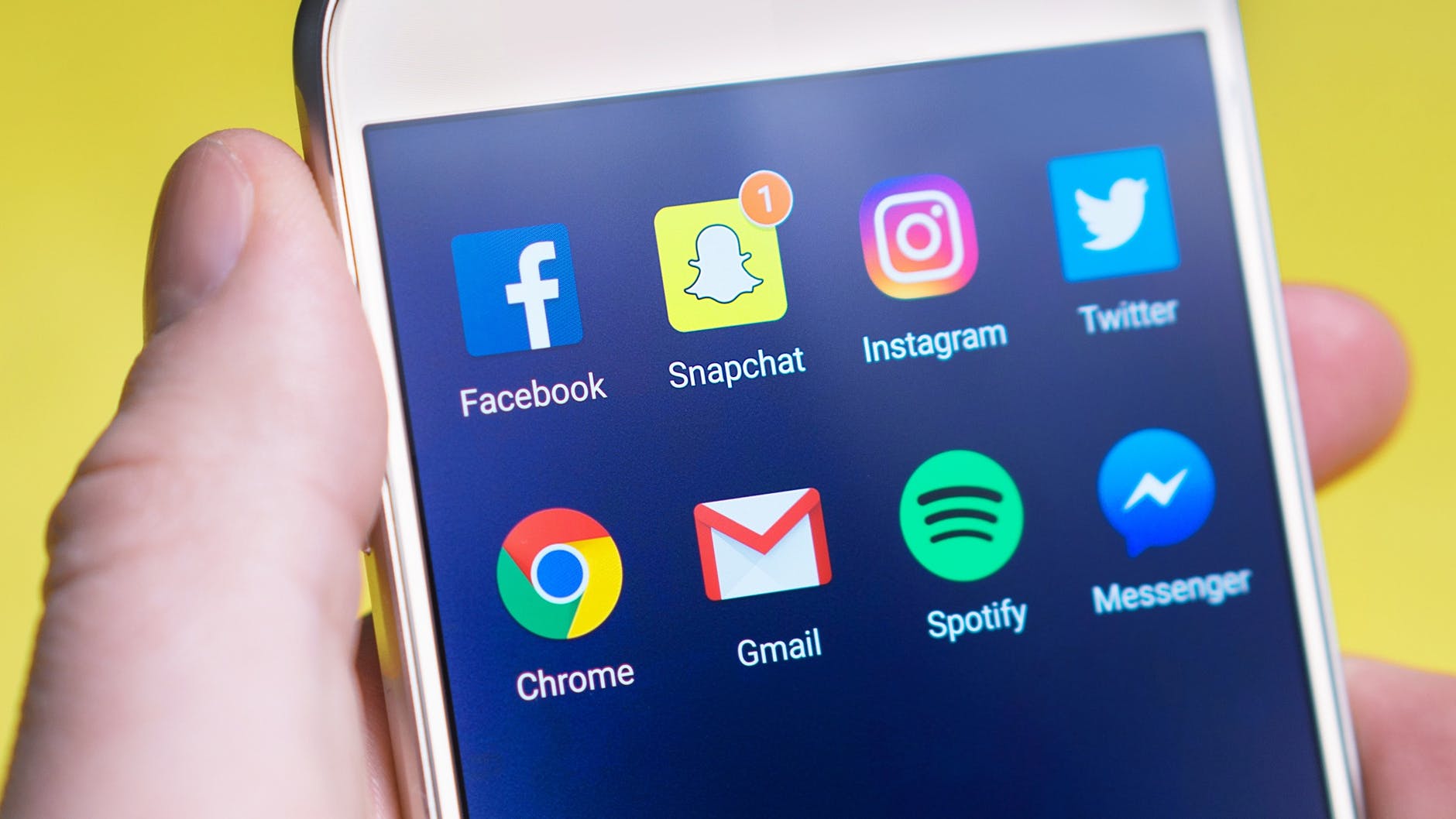We rarely ever consider much of anything about how we get internet so easily to our cell phones, no matter where we are. We know that there are G related networks and that we just recently converted to the 5G network, and everyone was really excited, but where did it come from and where is it going? Where this came from, we have a well documented path that dates all the way back to 1979 with the original 1G network, however, where it will go is still to be determined. What we do know is that every 10 years we get a new network, and we are coming close to our next cycle.
The first ever commercially available automated cellular network was launched in Tokyo, Japan in 1979 by Nippon Telegraph and Telephone. At first this network was just in the Metropolitan area of Tokyo, but within five years, it had spread to the entire population of Japan, and became the first nationwide 1G network.
Fast-forward all the way to 2018 when the 5G network became commonly used by most devices released that year. Unlike the 1G network which we have a pretty clear idea of when it began, the subsequent networks are harder to pin down. At this point, a cellular network could exist for quite some time before it becomes generally adopted due to the fact that most devices have to change their hardware in order to process data through these new formats. Essentially, the phone companies are pretty much in charge of when everyone will get the new network because they are the ones who release the phones that run on these networks.
Each new iteration of these cellular networks is essentially a new rulebook that data transfer follows. Some of the new rules and protocols require more complex data processings and faster processors in order to follow, thus the devices become more important than anything in the release of these new networks.
So what will 6G look like? Will it be faster? Will there be more coverage? Will it be more reliable? Much of this conversation is still entirely dependent on where technology goes in the next few years. Of course, it will have many of the features that were left out of 5G for various reasons, but it will also potentially feature some new abilities that are specific to the way that technology is currently evolving.
A major player in what 6G might look like is the Internet of Everything. At this point in time, it is more likely that a new internet connection to any network is a machine rather than a person. As more and more exciting smart home devices become available for the average consumer at a lower and lower price, more and more people are starting to adopt this technology. The new 6G network may feature capabilities that allow for a better and more efficient monitoring of such devices and more effective means of communication between machines.
Of course a wider range of connectivity is going to be important as well, which is one proposal offers a combination of terrestrial wireless and satellite systems which can, for lack of a better term, beam internet down to you wherever you may be.
As we develop better infrastructure for higher processing power and better broadcast strength, all sorts of new and exciting options become available to us. With the exciting advent of mobile WiFi hotspots on cell phones and private companies like Skyroam you may soon be able to get cable speed internet anywhere you may be for as many devices as you may need.
What a world to look forward to! But for now, I have a feeling your 5G network is fast enough for YouTube videos and Instagram… what else are we doing with our phones?




